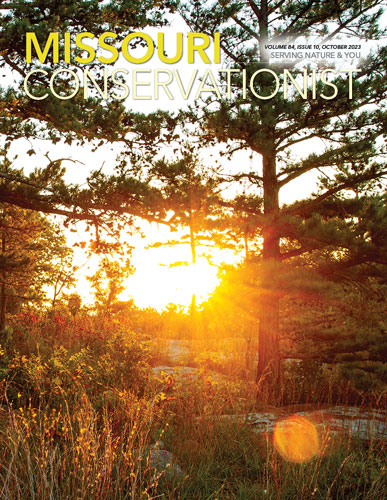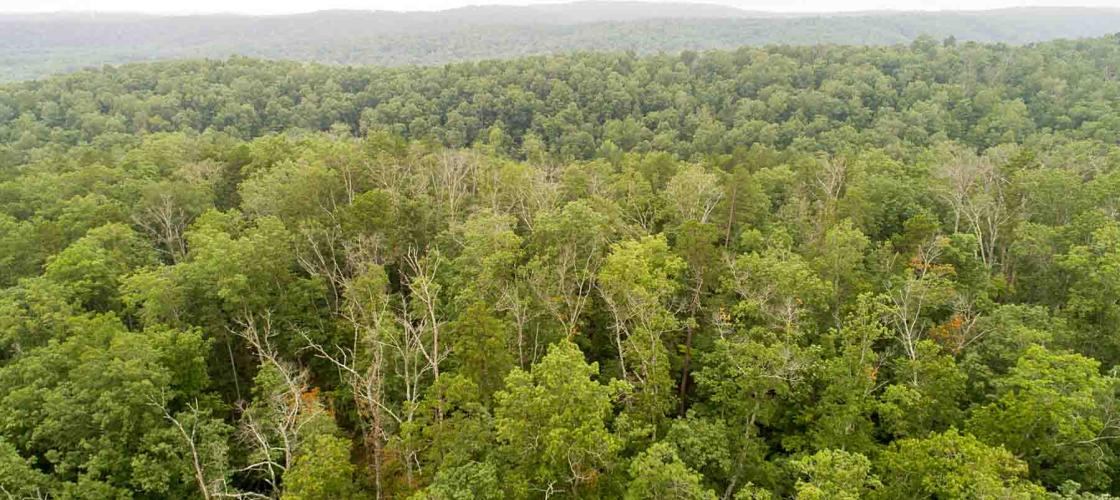
While walking his 100-acre- property of oak forest in Dent County on a fine July morning, Dan Dey saw several large, dead black and scarlet oak trees. He hadn’t noticed them before and thought it was unusual because it was more than one dead tree here and there, and they were large dominant trees. Later that week, while driving down Highway 19 south of Salem, he caught a view looking out over a valley and was struck by the number of reddish-brown tree crowns scattered across the hillside. Also visible were the gray ghost crowns of trees that have been dead for a few years. Clearly, this issue has been happening for a while.
Having spent his career working with Missouri’s forests, he knew exactly what he was looking at — oak decline. Oak decline is a natural process that affects primarily black, southern red, and scarlet oaks (species in the red oak group), and trees that are older than 70 years.
Oak Decline
Oak decline is a natural cause of death in oak trees. It is caused by a combination of environmental stress, infection by fungal diseases, and insect attacks on trees. Often it is the older, dominant trees that are most susceptible. Early signs of oak decline include reduced diameter growth, crown dieback starting from the branch tips, dead large branches in the upper crown, chlorotic and dwarfed foliage, and foliage that displays early autumn leaf color. Recently killed trees may show Armillaria — or honey fungus — mushrooms around the base of the tree in the autumn after cooler temperatures and fall rains. Trees infested with bark beetles and wood boring beetles will have exit holes on the main stem where adults emerge after they spend time feeding on the tree’s cambium and wood as larvae. Affected trees usually die in two to five years.
Oak decline in Missouri became an increasingly noticeable cause of widespread forest mortality beginning in the 1970s when much of the Ozark forests were becoming mature following their recovery from the extensive lumbering and wildland fire era of the early 20th century. The last extensive oak decline event in the Missouri and Arkansas Ozark Highlands occurred from 1999 to 2003, killing over half of the red oak trees in forests over millions of acres. Oak decline can occur in any forest stand in any year, but large-scale mortality usually follows severe droughts and is most noticeable in forests dominated by red oak species.
Drought
Drought is the number one inciting factor setting the stage for oak decline in red oaks. Drought can kill trees outright, but short of that, it stresses trees and other plants, reducing their growth, vigor, and ability to fight off disease and insect attacks. Unfortunately, it can take trees a few years to recover their health and vigor after a severe drought period, or that drought can be what pushes an aging tree into decline.
Moderate to severe drought can occur in Missouri any year and last for weeks or months. It often occurs in the summer but can happen in any season. Severe, multi-year droughts occur in Missouri about every 20 years. Severe drought struck Missouri in the 1910s and in the Dust Bowl years of the 1930s. Severe droughts hit again in the 1950s when the worst multi-year consecutive drought on record occurred from 1952–1956. The 1980s and late 1990s also brought extended drought periods. The worst drought in recent memory occurred in 2012–2013, an event that ended up in the record books and killed many trees in the following years. Less severe droughts have occurred since 2013, with each of the last three years showing significant drought in portions of the state. When looking at the long-term picture, it’s clear that our trees have been through a lot of climate and weather issues during their lives.
Rapid White Oak Mortality
White oak (Quercus alba) is one of Missouri’s most economically and ecologically valuable tree species. So, when white oaks started dying in 2011, private landowners and public land managers were very concerned. During the record-setting drought of 2012, tens of thousands of white oaks died in a few months, prompting researchers to name the issue rapid white oak mortality (RWOM) to help distinguish it from traditional oak decline. White oaks have continued dying in the years since 2012, but at a much lower rate.
In 2014, researchers at the University of Missouri partnered with MDC, the USDA Forest Service, and the L-A-D Foundation to determine the reasons for RWOM. The study found that trees affected by RWOM are those growing on lower slopes or along drainages where water runs after heavy rains. RWOM often occurs in pockets a few acres in size and on sites considered good for white oak growth. Tree ring data from research sites suggest that tree age may not be a factor in RWOM, but white oaks 10–18 inches in diameter (measured 4.5 feet from the ground) are most often affected. Insects and fungal diseases found in most oak decline areas were also found in RWOM locations, with an additional root-rotting pathogen not native to the U.S., Phytophthora cinnamomi, also found at some sites.
After several years of research, the findings were unclear as to what officially caused RWOM, leading researchers to surmise a combination of weather patterns, tree stress, and secondary pest and pathogen issues worked together to kill white oaks. As Missouri’s climate continues to change in the coming decades, it is possible that RWOM could happen again, particularly in areas that have been hit by late spring frosts and outbreaks of jumping oak gall.
For more information on:
- Oak decline, visit short.mdc.mo.gov/4mD.
- Hypoxylon canker, visit short.mdc.mo.gov/4mz.
- Armillaria root rot, visit short.mdc.mo.gov/4mK.
- Local MDC foresters, visit short.mdc.mo.gov/4mr.
Fungi and Insects
Oak decline sets the stage for several native fungi and insects to attack trees. For the most part, these species are opportunistic and take advantage of physiologically stressed trees. They are generally unable to successfully attack or kill healthy trees. While we may not like the idea of our trees being attacked by insects and fungi, it’s important to remember that these species are all part of nature and important in creating snags and wildlife habitat, decomposing wood, and recycling nutrients and organic matter back into the soil and through the ecosystem.
The two major fungal diseases in oak decline are Armillaria root rot and Hypoxylon (Biscogniauxia) canker. Armillaria fungi inhabit the soils of most forest lands in the Ozarks and are ever ready to infect stressed tree roots. Hypoxylon is a weak fungus that is present within most trees throughout their lives, ready to take over a tree’s vascular system once it becomes drought stressed. Working in concert, Armillaria reduces the ability of the tree to take up water and nutrients from the soil while Hypoxylon stops the transport of them throughout the tree. Outbreaks of both diseases follow severe drought. Good health and high vigor are important conditions needed for oak trees to defend against infection by either Armillaria root rot or Hypoxylon canker.
Wood-boring insects are a secondary factor in oak decline. Adults lay eggs on or under the bark of a stressed tree. Larvae hatch from the eggs and tunnel into the tree, feeding on the tree’s vascular tissues or heartwood as they develop into adulthood. This disrupts the supply of water and nutrients from the roots to the above ground portions of the tree and reduces tree health and vigor. The two-lined chestnut borer, red oak borer, and carpenterworm, as well as many species of bark and ambrosia beetles, all commonly attack declining oak trees, helping to kill trees.
Battling Oak Decline
Droughts will continue to occur in Missouri, and Armillaria root rot, Hypoxylon canker, and wood-boring insects are endemic to oak forests, which means that oak decline will occur again. A good general rule to follow in forest management is to maintain high tree vigor and good health to minimize loss of growth and life to extreme weather and forest pests. One way to do this in oak forests is to thin the forest through harvesting to reduce tree density and competition for water and nutrients. The more susceptible red oak trees can be removed in the thinning if they are marketable, especially if they are approaching 80 to 90 years of age. Reducing tree density promotes the health and vigor of the remaining trees.
Thinning is also important in restoring oak and pine woodlands and savannas. These natural communities were once common throughout Missouri but are relatively rare today. They are more open, less dense forests dominated by white oak, post oak, chinkapin oak, bur oak, or shortleaf pine that are more resilient to drought and oak decline. Woodlands and savannas also add tremendous diversity in ground flora and fauna and wildlife habitat across the landscape.
Regardless of the management goal in thinning a forest, care should be taken in the logging operations to protect the remaining trees by avoiding damage to crowns during tree felling and to tree trunks and roots during log skidding. Injured trees are more susceptible to insect and disease attacks and are less able to survive a drought.
An older oak forest can be regenerated to produce vigorous new growth and ensure the sustainability of oak into the future. Regenerating forests diversifies forest conditions across the landscape by increasing the proportion of young forests in a landscape dominated by mature forests. It is also an opportunity to increase tree species diversity or change the composition of trees in the forest, for example, from red oak dominated compositions to a more diverse mix of white oak group species and shortleaf pine. High forest diversity in age, size structure, and composition is good to buffer against things that threaten tree health and life. Highly diverse forest landscapes are more resilient to natural, novel, or invasive disturbances (for example, wildfire, insects, and disease), environmental stress from extreme weather (drought, wind, or flooding), and climate change.
On favorable sites, promote the regeneration of shortleaf pine, species in the white oak group (white, bur, swamp white, chinkapin, and post oaks), and a diversity of native tree species to decrease the dominance of red oak species. Shortleaf pine and post oak are adapted to many sites in the Ozarks and less affected by oak decline that plagues the red oak species.
Diverse Forest; Healthy Forest
Oak decline is a natural part of our Missouri forests. Invasive species of all types — insects, plants, and diseases — continue to increase and spread in our forests. The climate continues to bring novel weather. Changes in climate can make outbreaks of native and invasive species that attack trees worse. Landowners can minimize the negative effects of oak decline to their forests by managing for tree health and vigor, increasing diversity in tree composition and structure in their forests, and by increasing overall landscape diversity through forest regeneration or restoration of oak-pine woodlands and savannas. Professional foresters and scientists working with state or federal agencies, as consultant foresters or with conservation organizations, are available to talk about landowner options and opportunities in forest management. Don’t be shy about reaching out to them. And if your neighbor is managing their forests in different ways, stop in and talk to them about it.
To learn more about oak decline in Missouri and ways you can improve your forest, visit short.mdc.mo.gov/4mD.
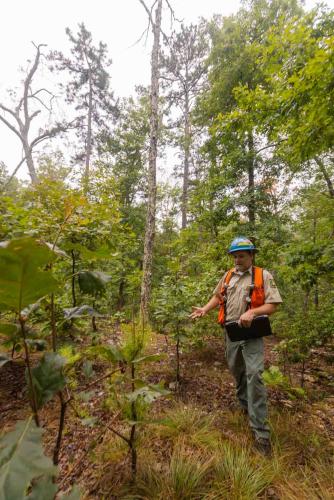
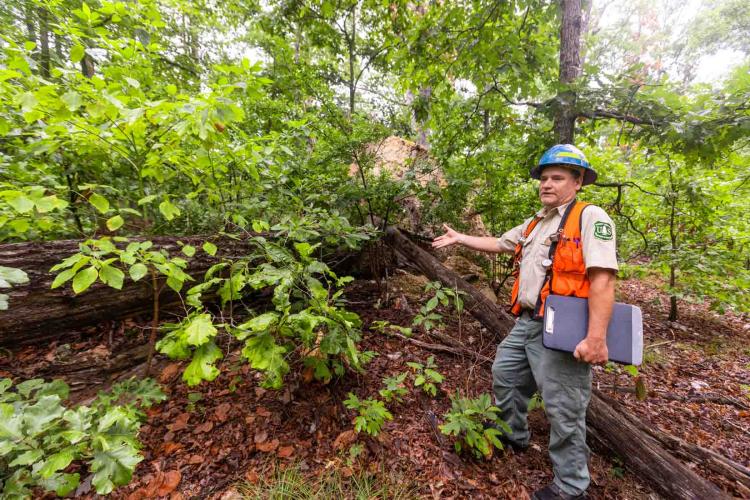
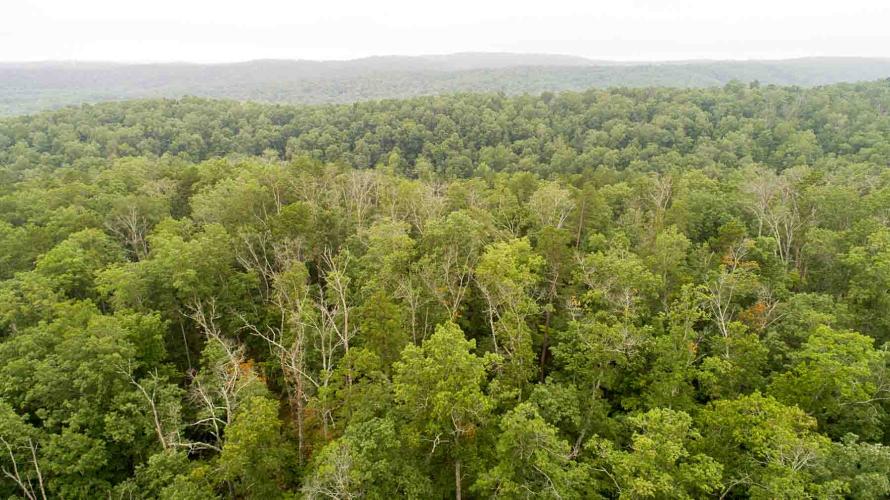
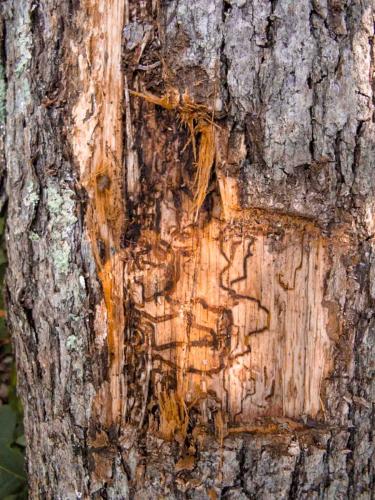
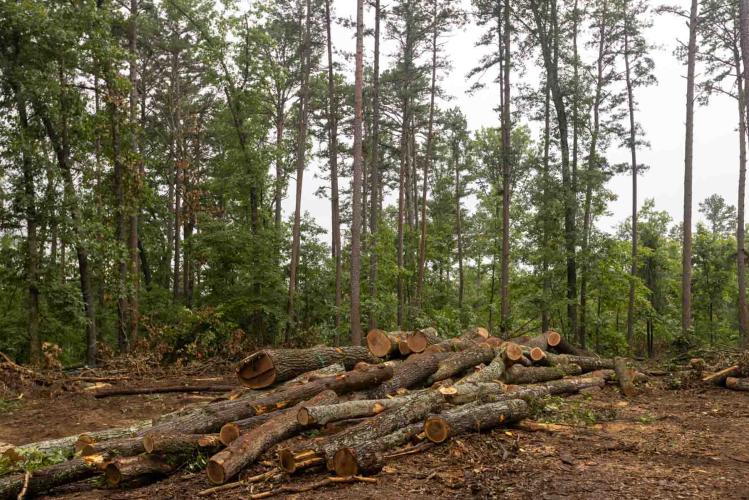

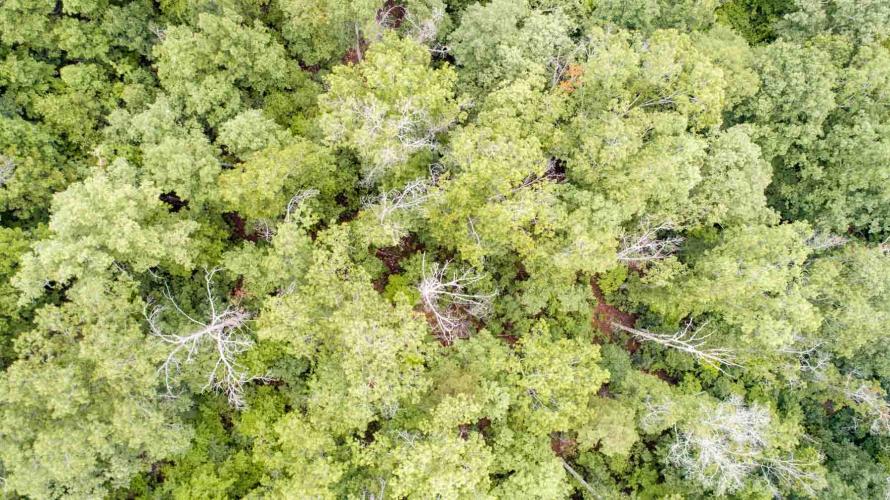

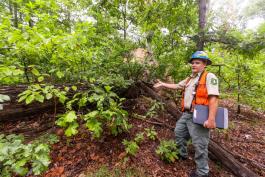
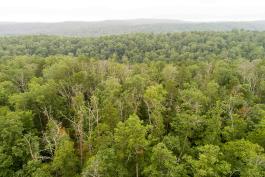
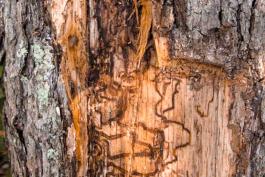
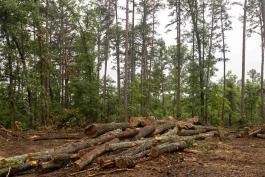
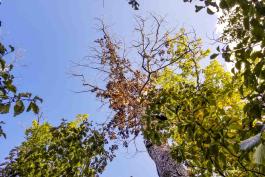
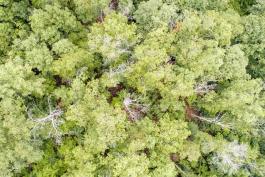
Also In This Issue

A magnificent bird to watch
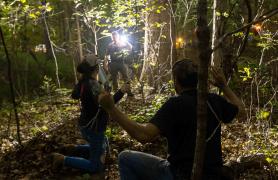
The work of Missouri’s conservation agents goes far beyond protecting fish and game
And More...
This Issue's Staff
Editor - Angie Daly Morfeld
Associate Editor - Larry Archer
Photography Editor - Cliff White
Staff Writer - Kristie Hilgedick
Staff Writer - Joe Jerek
Staff Writer – Dianne Van Dien
Designer - Shawn Carey
Designer - Marci Porter
Photographer - Noppadol Paothong
Photographer - David Stonner
Circulation – Marcia Hale






















